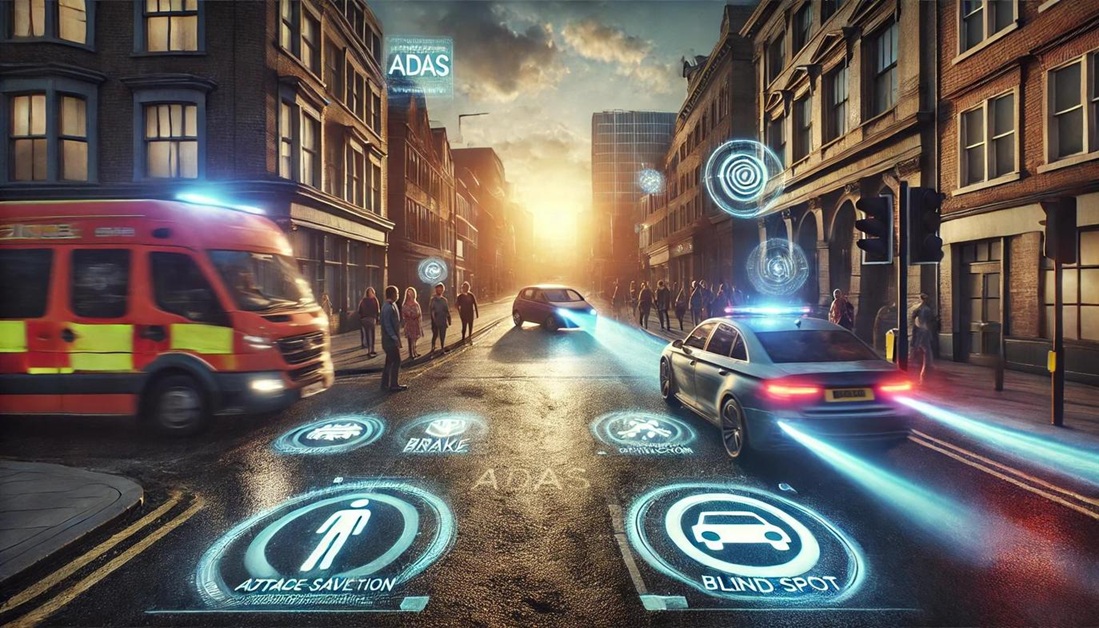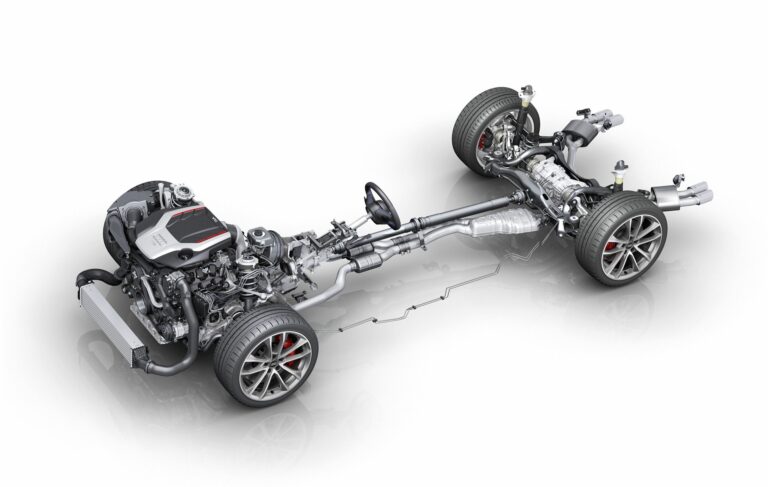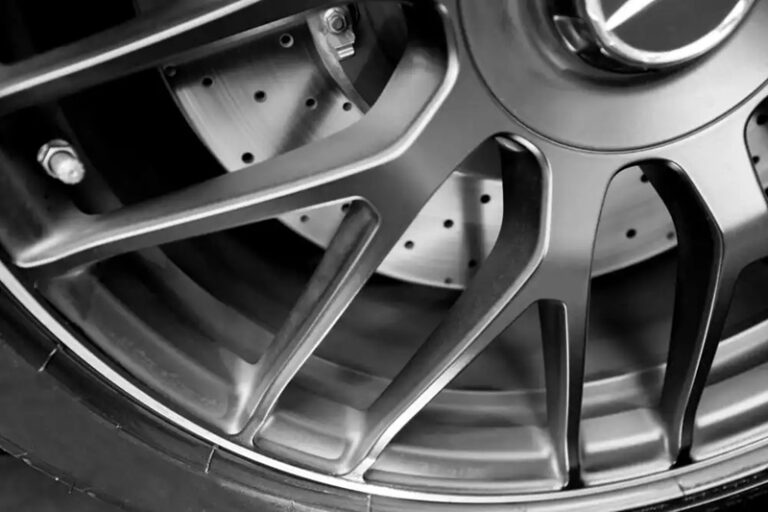
Decades ago, vehicle safety was largely an afterthought. Early automobiles were built for speed and utility, with little regard for occupant protection. Seatbelts were a rarity, airbags didn’t exist, and crumple zones were unheard of. But as roads became busier and accident rates climbed, the automotive industry turned its focus toward one mission: saving lives.
The journey from rudimentary safety measures to today’s sophisticated systems has been transformative. From seatbelts and reinforced frames to AI-powered crash prevention technologies, modern vehicles are now equipped with cutting-edge features designed to protect drivers, passengers, and even pedestrians.
The Rise of Active Safety Features
The best way to survive an accident is to avoid it altogether. That’s where active safety features come in—technologies that work in real time to prevent collisions before they happen.
- Automatic Emergency Braking (AEB): This system detects impending collisions and applies the brakes if the driver doesn’t react in time. Many modern vehicles use radar, lidar, and cameras to identify obstacles and reduce impact severity—or prevent a crash entirely.
- Lane Departure Warning & Lane-Keeping Assist: A momentary lapse in attention can lead to unintentional lane drifting. Lane departure systems alert the driver or even gently steer the vehicle back into its lane to prevent accidents.
- Blind Spot Monitoring: Sensors continuously scan areas that side mirrors can’t see. If a driver attempts to switch lanes with another vehicle in the blind spot, the system issues a warning—sometimes even applying counter-steering to avoid a collision.
- Adaptive Cruise Control: Unlike traditional cruise control, this feature automatically adjusts speed based on surrounding traffic, maintaining a safe following distance and reducing rear-end collisions.
These systems work silently and seamlessly, acting as a co-pilot that never gets distracted, drowsy, or careless.
The Role of Passive Safety Features
Even with the most advanced crash-avoidance systems, accidents can still happen. That’s where passive safety features come into play—designed to minimize injury when a crash is unavoidable.
- Airbags: What started as a single frontal airbag has evolved into multi-stage, sensor-controlled systems that deploy in milliseconds. Modern cars now feature side airbags, curtain airbags, and even knee airbags, offering all-around protection in high-impact collisions.
- Crumple Zones: Instead of resisting impact forces, strategically designed sections of a vehicle’s frame absorb and dissipate energy, reducing the shock that reaches passengers.
- Reinforced Safety Cages: A vehicle’s core structure is engineered to withstand crashes, creating a protective shell around occupants while crumple zones take the brunt of the force.
- Pre-Tensioning Seatbelts: Unlike standard seatbelts, pre-tensioning mechanisms tighten automatically before a crash is detected, securing passengers firmly in place to prevent excessive movement.
These advancements have been game-changers in survival rates, significantly reducing fatal injuries and protecting occupants even in high-speed collisions.
Expanding Safety Beyond the Vehicle
Car safety isn’t just about protecting those inside. Increasingly, automakers are integrating technologies that safeguard pedestrians and cyclists—reducing accidents in urban areas where foot and bike traffic is dense.
- Pedestrian Detection Systems: Using cameras and sensors, these systems identify people crossing the road and automatically engage braking if the driver doesn’t react in time.
- Hood Lift Mechanisms: In some models, the hood automatically raises slightly upon impact, reducing the severity of injuries if a pedestrian is struck.
- Acoustic Warnings for Electric Vehicles: Since EVs operate almost silently, many now include artificial sound generation to alert pedestrians of their presence at low speeds.
These innovations underscore a shift in vehicle safety—from driver-focused protection to a broader, road-wide safety net.
The Role of AI and Machine Learning in Safety Advancements

As vehicles become smarter, artificial intelligence is taking safety to new heights. AI-powered safety systems continuously learn and adapt based on real-world driving data, making them more effective over time.
- Predictive Collision Detection: AI analyzes driving patterns, environmental conditions, and historical crash data to anticipate and mitigate potential accidents before they occur.
- Driver Monitoring Systems: Cameras and sensors track eye movement, head position, and alertness, issuing warnings or taking corrective action if drowsiness or distraction is detected.
- Vehicle-to-Vehicle (V2V) Communication: Future safety systems will allow cars to “talk” to each other, sharing real-time data on traffic, road hazards, and sudden braking—helping drivers react faster to potential dangers.
AI-driven safety technologies are rapidly closing the gap between human error and machine precision, making roads safer for everyone.
Post-Crash Safety Innovations
The moments immediately following a crash are critical. Modern vehicles are now equipped with post-crash safety features that enhance survival chances and accelerate emergency response.
- Automatic Crash Notification: Many cars now feature telematics systems that automatically alert emergency services if a crash is detected, providing location details even if occupants are unresponsive.
- Fuel Cut-Off Systems: In severe collisions, fuel supply is automatically shut off to prevent fires and explosions.
- Ejection Mitigation: Reinforced side-curtain airbags remain inflated longer after a crash, reducing the risk of occupants being ejected from the vehicle.
These technologies ensure that help arrives quickly and that passengers have the best possible chance of survival.
Are Zero Fatalities Possible?
The ultimate goal of advanced safety technology is to eliminate fatal crashes altogether. While that may seem ambitious, continuous improvements in autonomous driving, AI safety systems, and real-time vehicle communication are bringing us closer to that reality.
- Fully Autonomous Vehicles: Self-driving technology has the potential to eliminate human error, which is responsible for over 90% of road accidents.
- Next-Gen Crash Avoidance Systems: Future safety features could instantly adjust vehicle dynamics to avoid collisions before they happen.
- Stronger, Lighter Materials: Advances in carbon fiber, ultra-high-strength steel, and energy-absorbing materials will make vehicles safer without adding weight.
With automakers and tech companies pushing the boundaries of safety, a future with zero traffic deaths may no longer be just a dream—it could soon be a reality.
Driving Toward a Safer Future
Vehicle safety has come a long way, evolving from simple seatbelts to AI-driven crash prevention. Modern cars are no longer just modes of transportation—they are intelligent machines designed to protect lives at every turn.
Whether through advanced braking systems, reinforced crash structures, or pedestrian-friendly innovations, the automotive industry is making roads safer for everyone. As technology continues to evolve, we move one step closer to a world where accidents are rare, and fatalities are a thing of the past. The future of driving isn’t just about getting from point A to point B—it’s about getting there safely.







